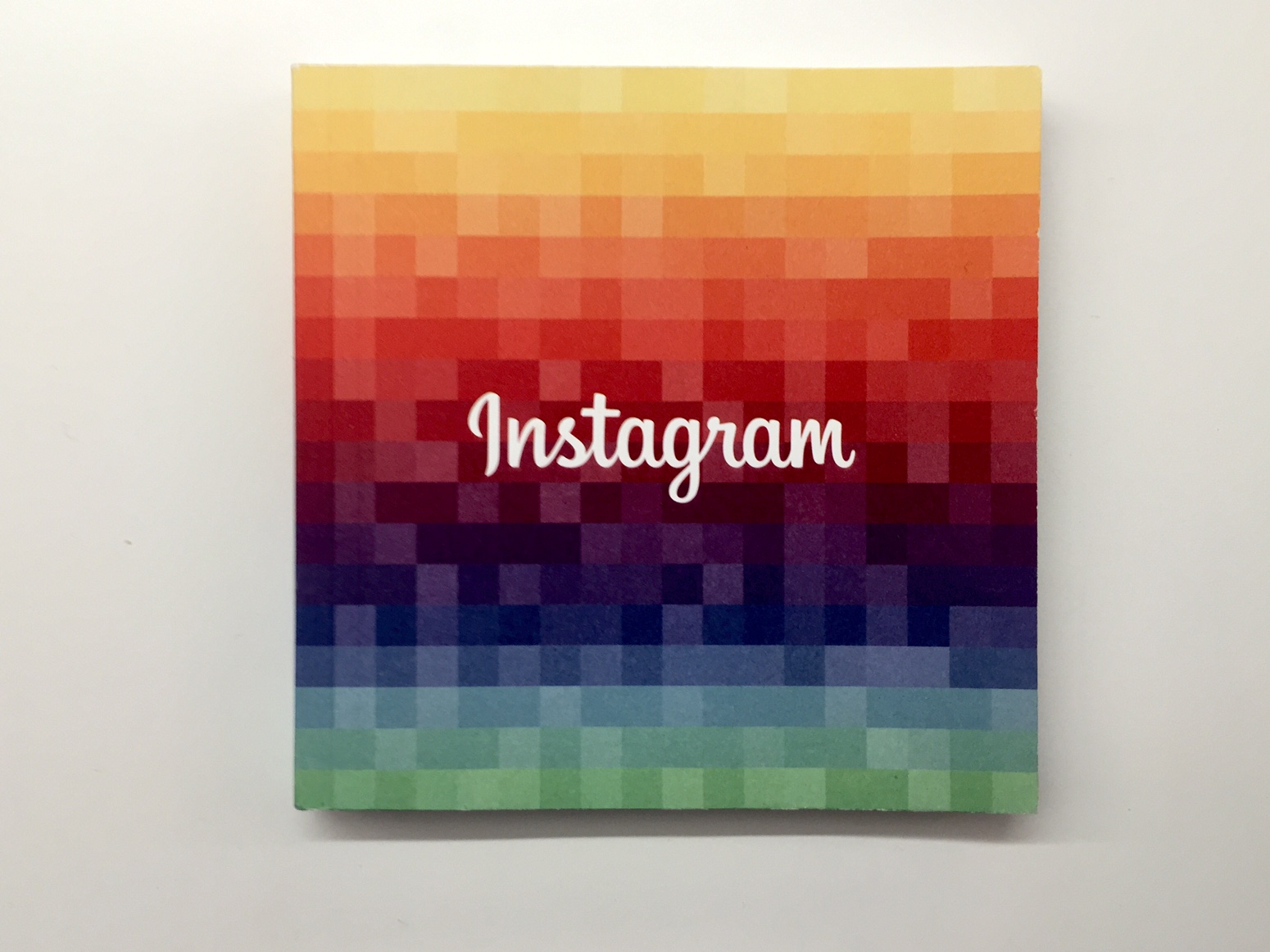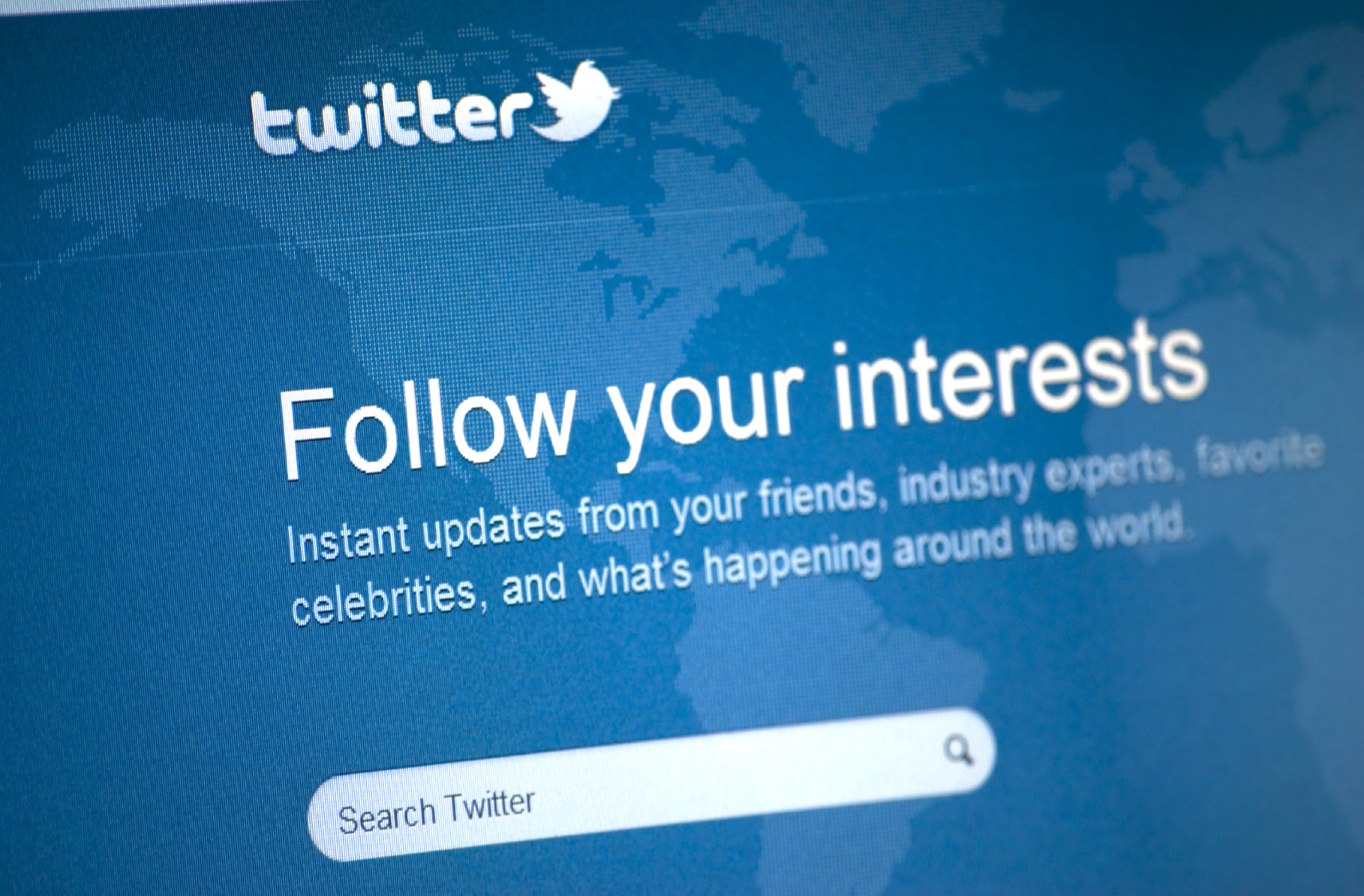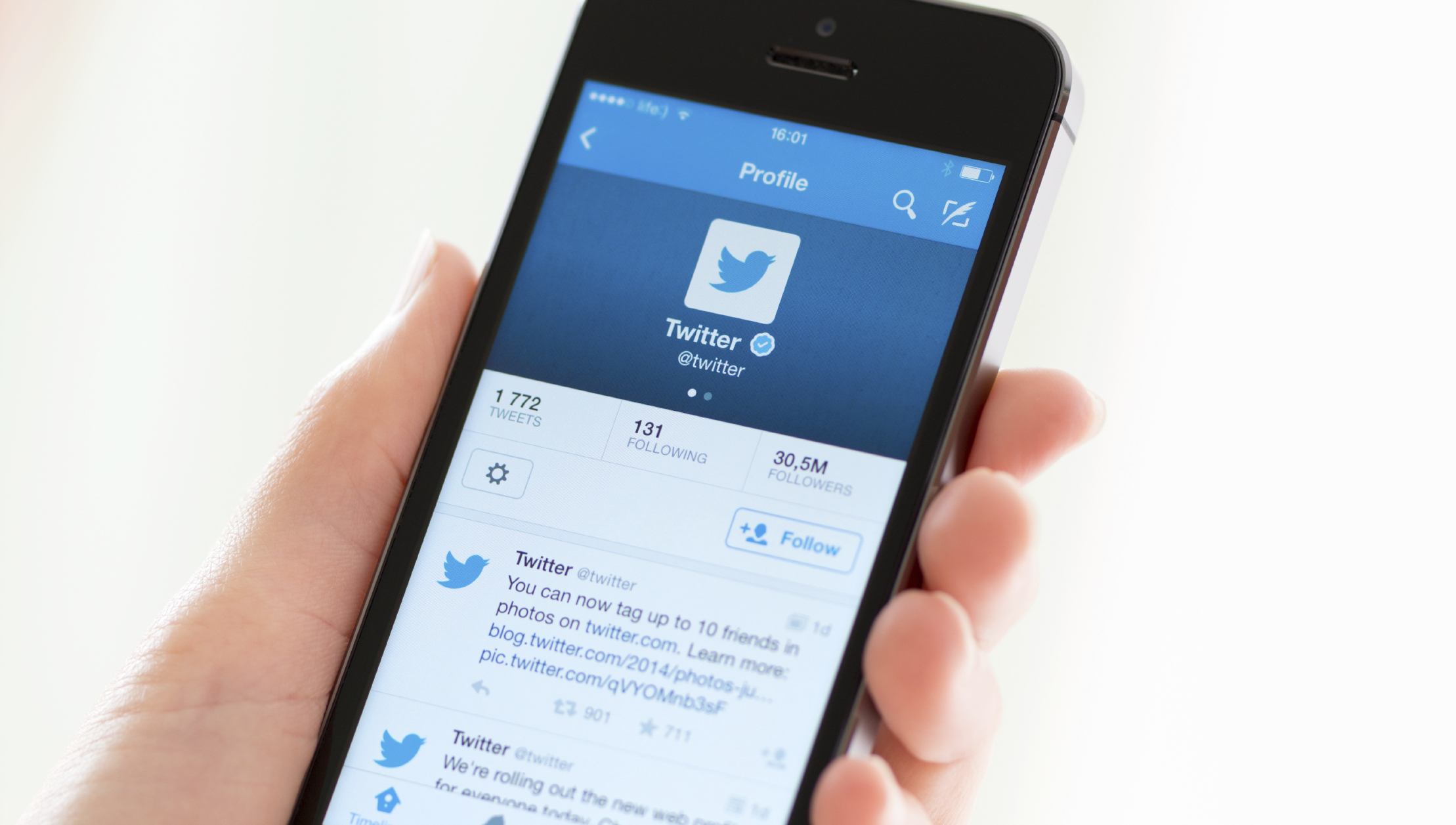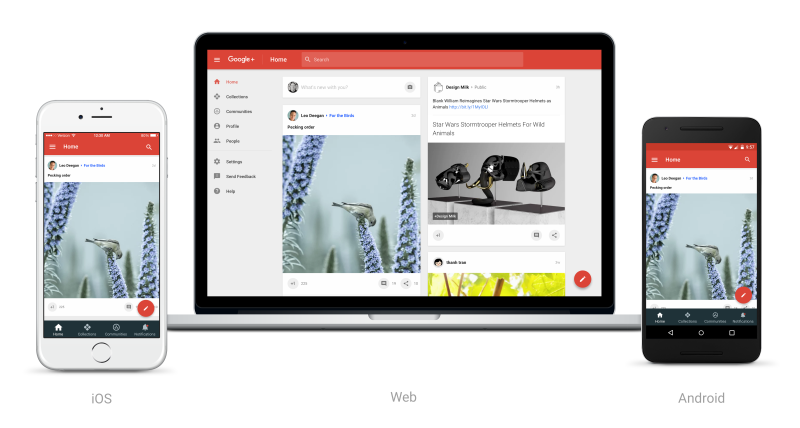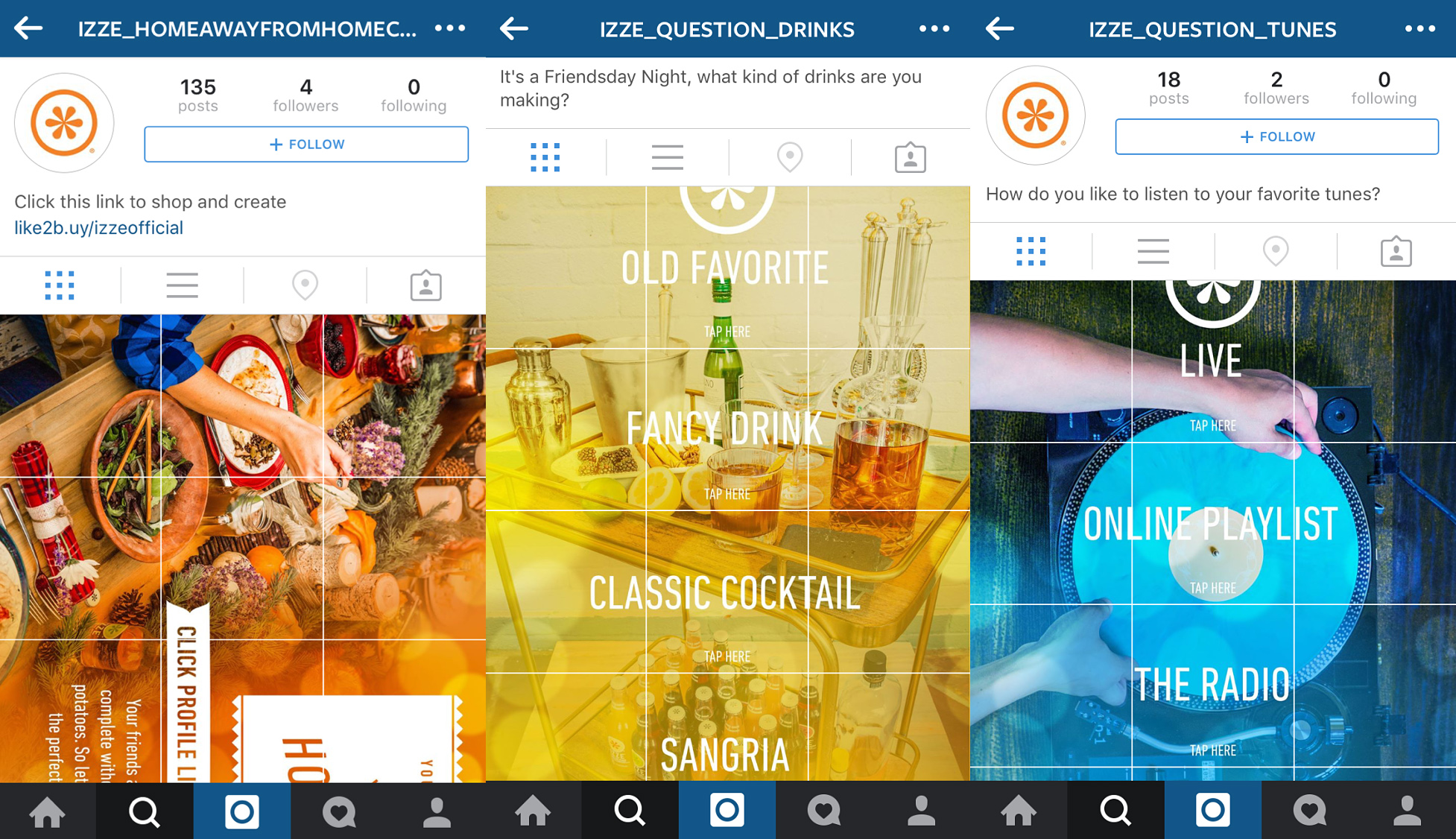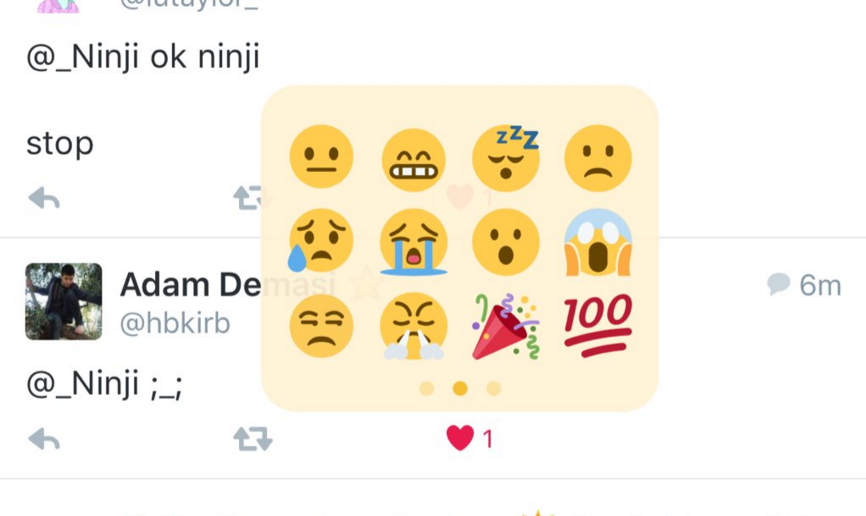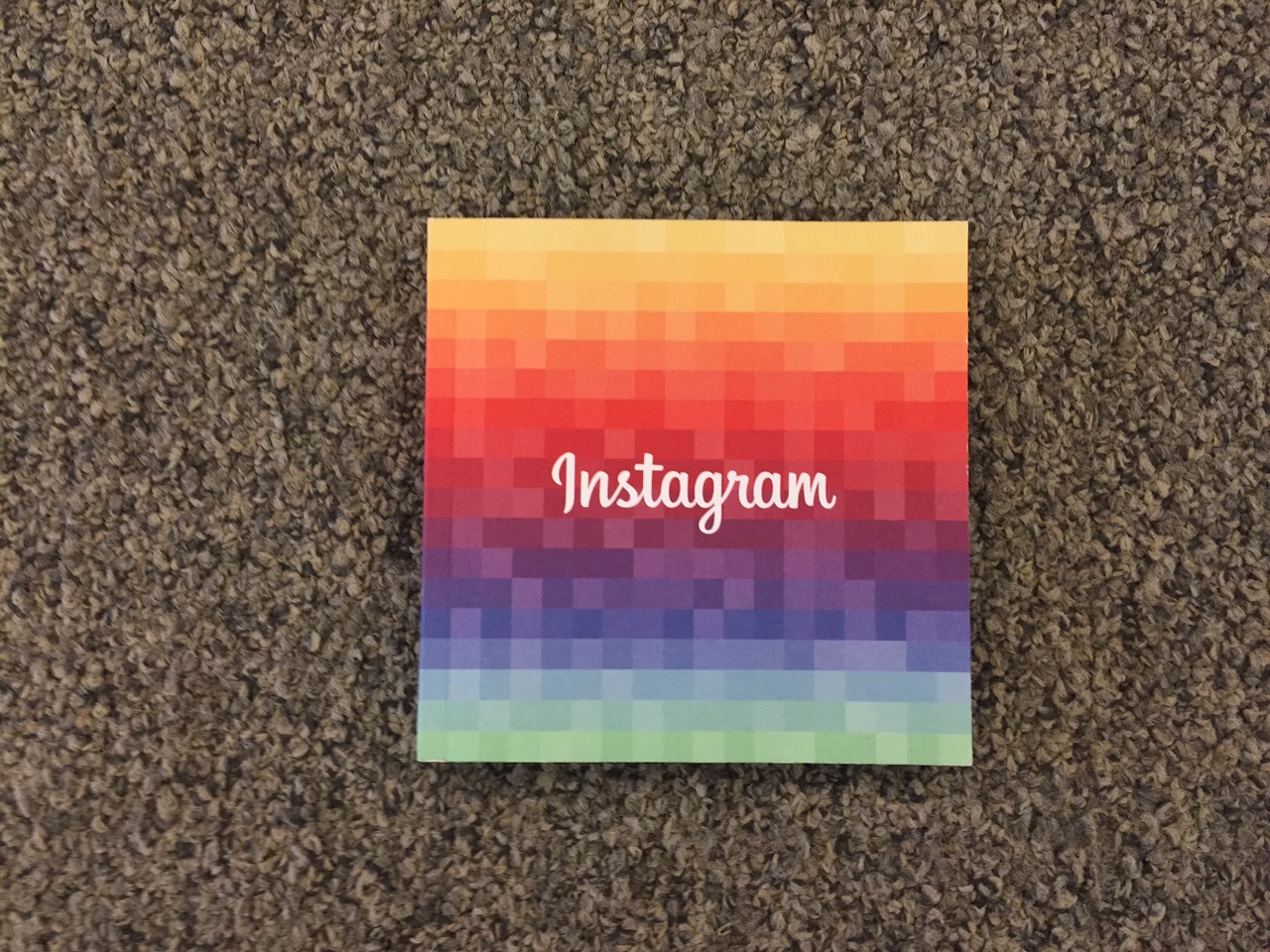What Happened
Instagram is starting to display video views as it revs up for more video ads. Starting Thursday, select accounts on the popular photo-sharing network now show how many times their videos has been viewed at where the “likes” used to be (users can still click through to see the like counts), with global rollout planned for the following weeks. This marks the latest change the Facebook-owned platform has been making to make it more brand-friendly. Last week, it extended the length of video ads from 30 seconds up to one minute.
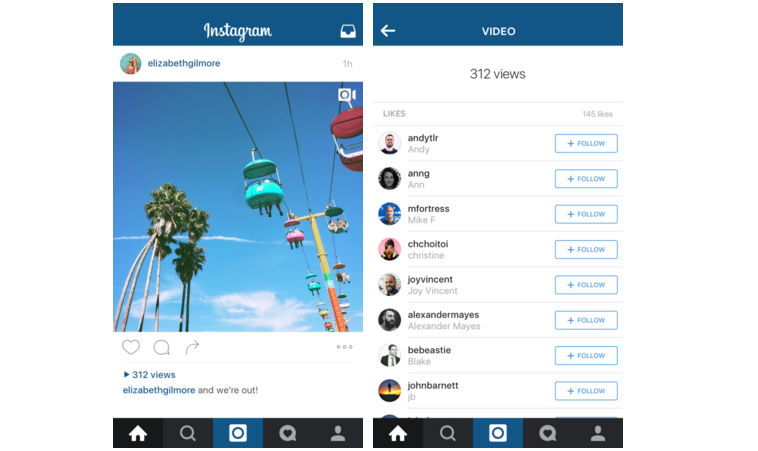
What Brands Need To Do
Although this may seem like a fairly small tweak, displaying view counts can be a kind of morale booster for brands publishing videos on Instagram – video boasts a huge number of views may encourage more people to give it a look. Moreover, this change can help the popular video creators stand out, making it easier for brands to discover and evaluate the social influencers to work with via content partnerships or product placements.
One thing that brands need to keep in mind when it comes to video ads on Instagram is that it follows Facebook’s viewability criteria that counts three seconds of playback as a view. To learn more about the impact of viewing time on ad effectiveness, be sure to check out our new Viewability study here.
Source: AdWeek
Image courtesy of Instagram Blog
